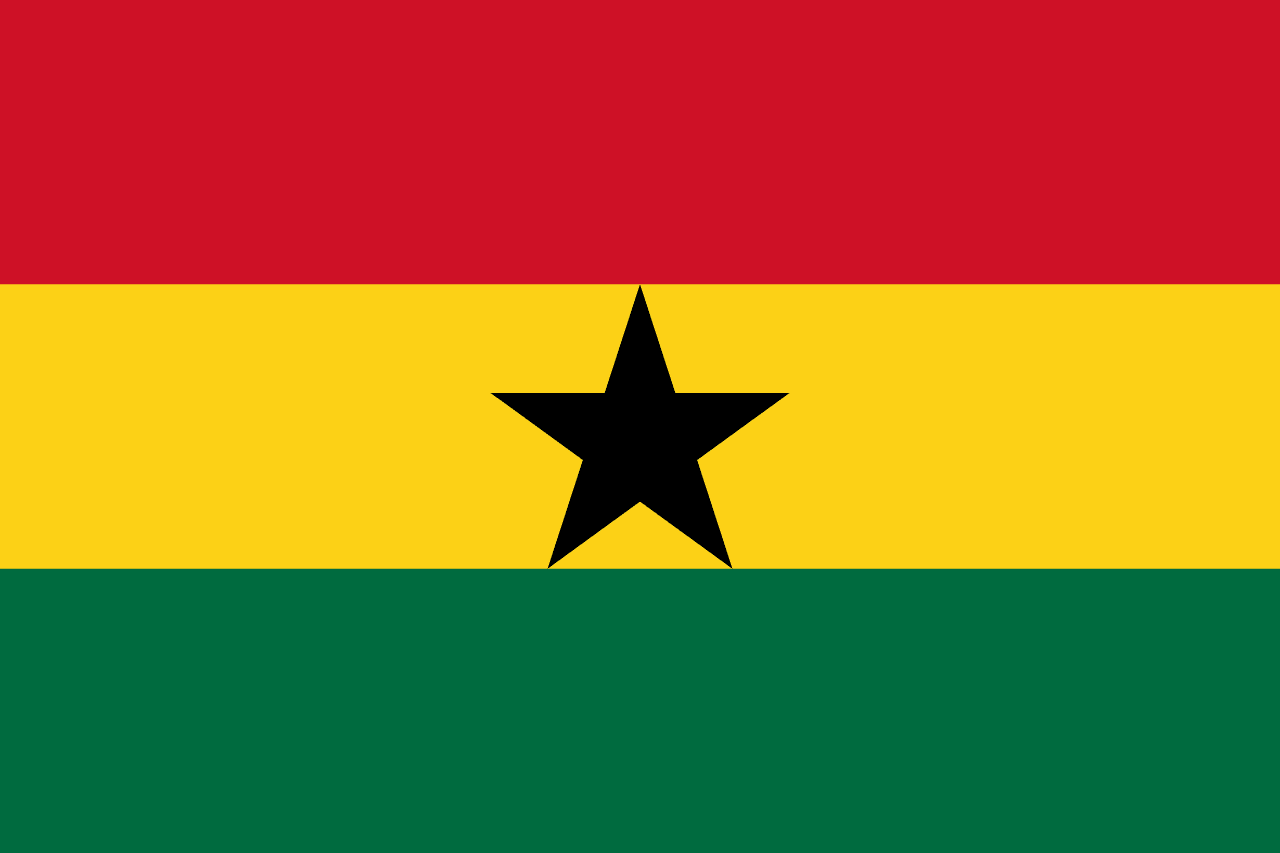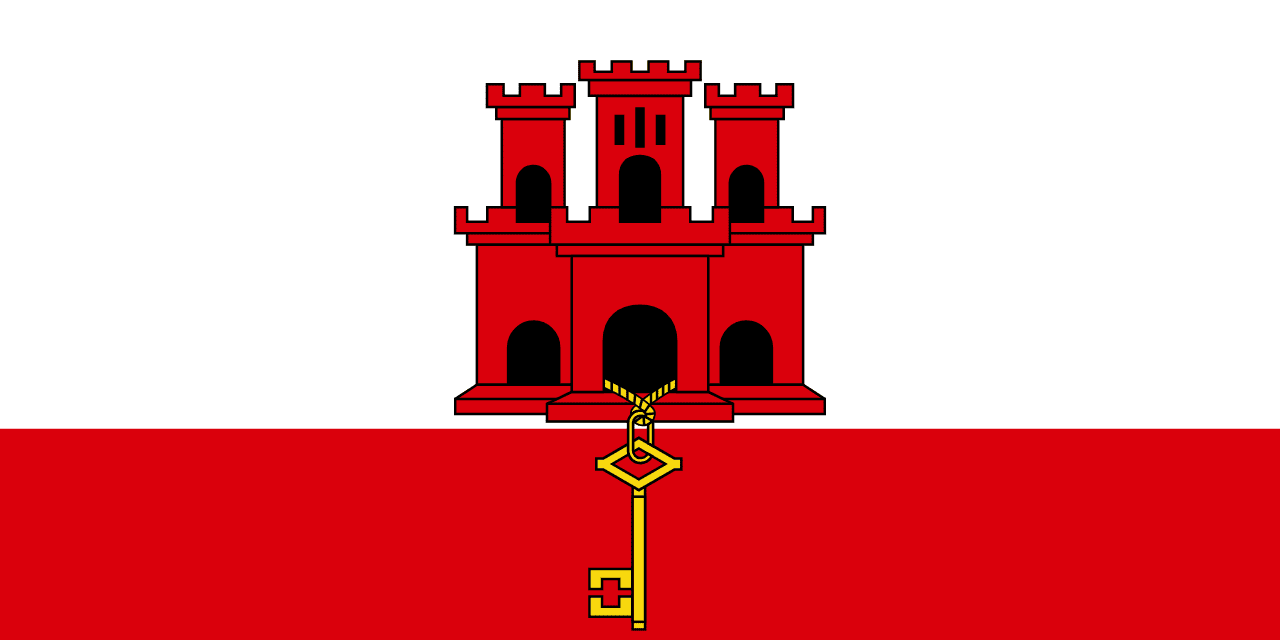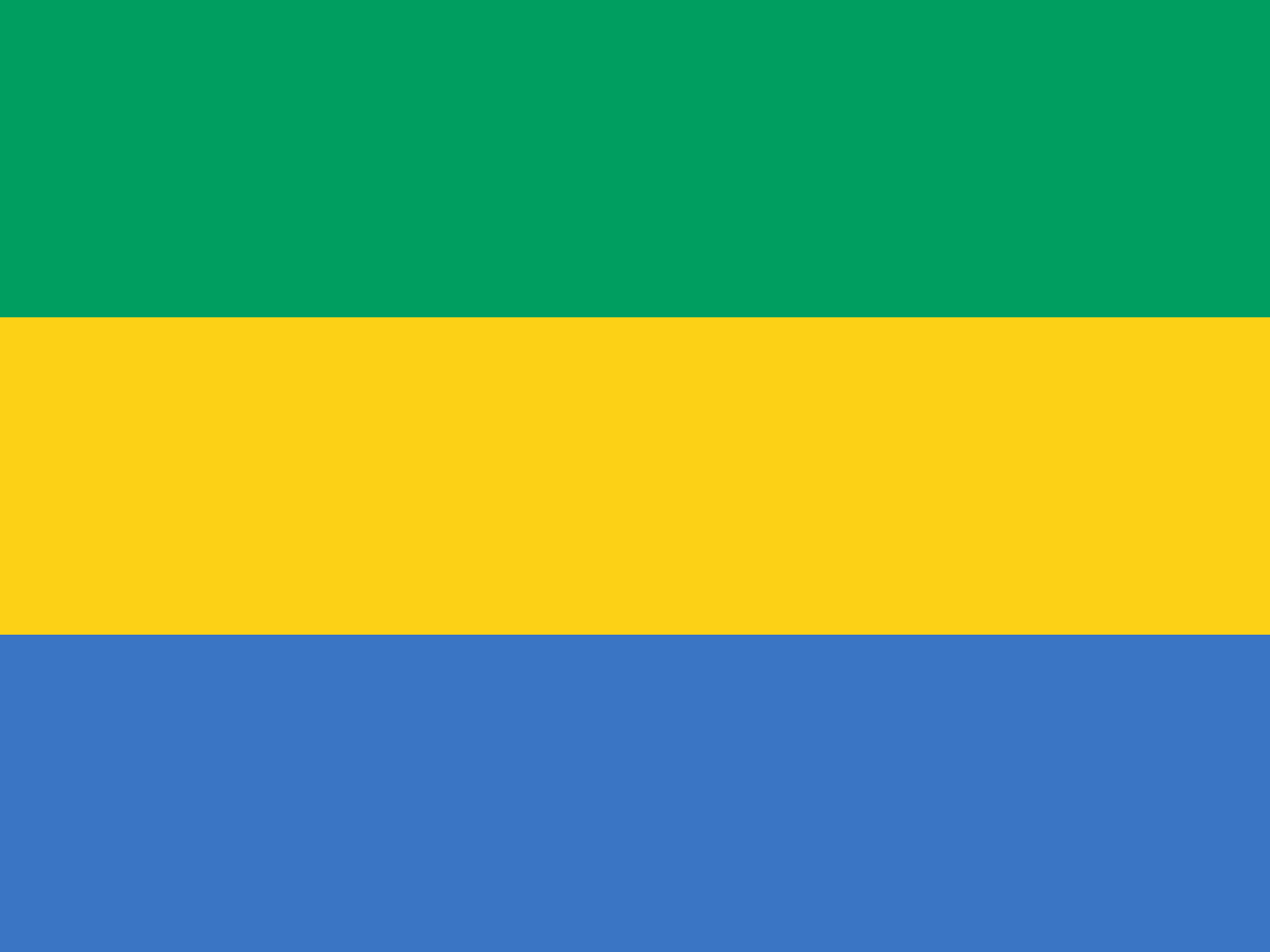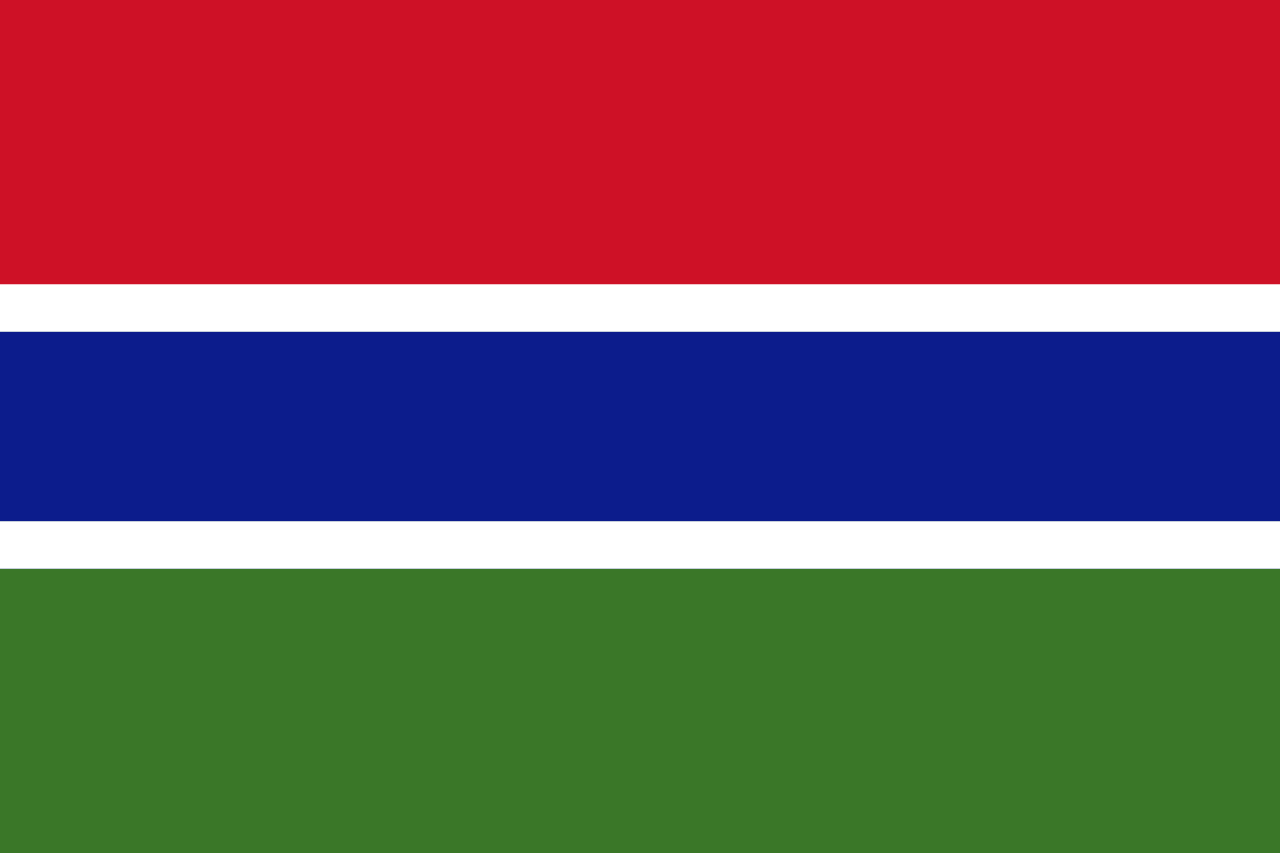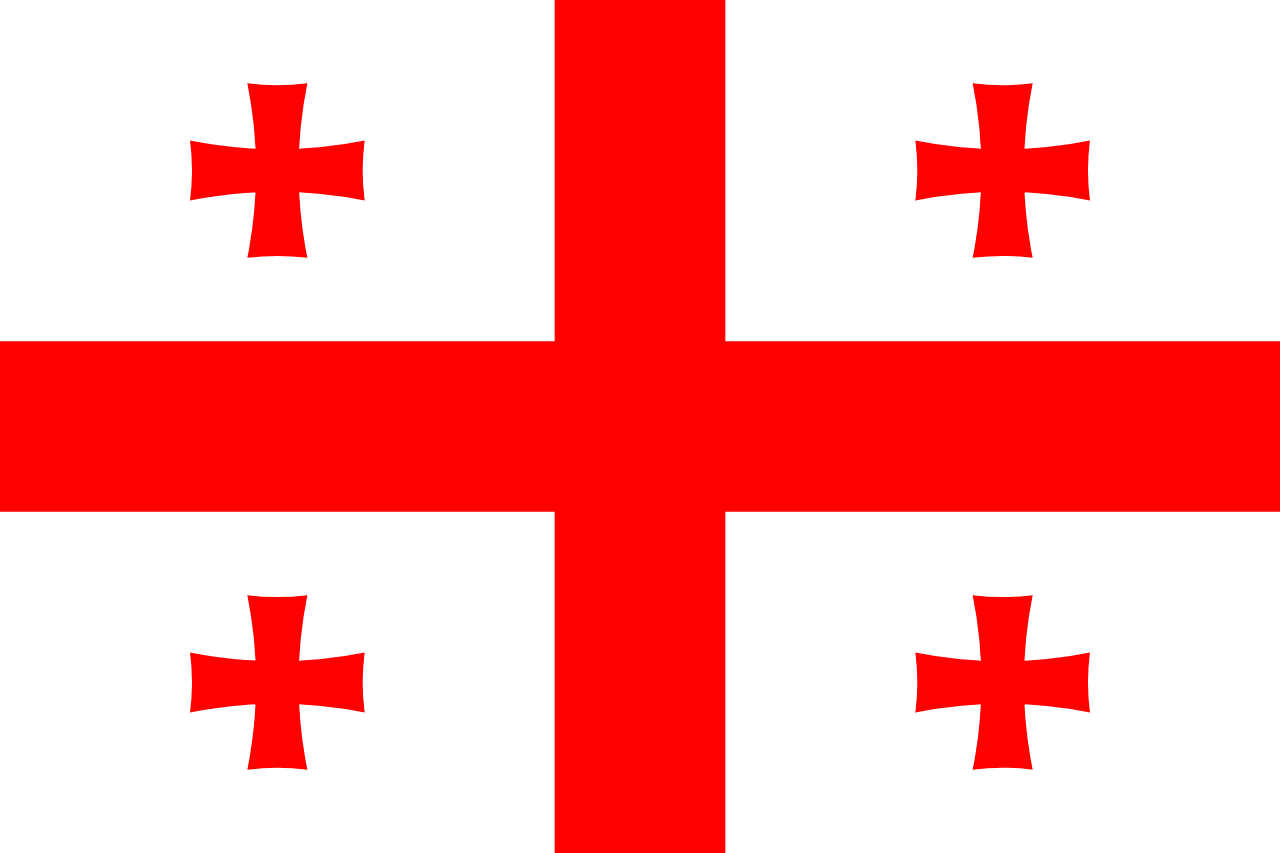The flag of Germany consists of three horizontal stripes of black, red, and gold. This iconic tricolor design represents the modern German state and its values, while also carrying a rich historical significance that spans nearly two centuries of German history.
Germany information
| National Flag Day | — |
| Sovereign state | Yes |
| Official name | Federal Republic of Germany |
| Capital | Berlin |
| Population | 83,251,851 |
| Area | 357,022 km² |
| Currency | Euro (EUR) |
| Language | German |
| Continent | Europe |
| Region | Central Europe |
| Subregion | Western Europe |
| Borders | Austria, Belgium, Czech Republic, Denmark, France, Luxembourg, Netherlands, Poland, Switzerland |
| Timezone | Central European Time (CET) UTC+1 |
| Calling code | +49 |
| Top-level domain | .de |
History of the German flag
 The current German flag was officially adopted on May 23, 1949, following World War II and the fall of Nazi Germany. However, its origins can be traced back to the early 19th century. The colors black, red, and gold have been associated with German nationalism since the Napoleonic Wars and gained prominence during the 1848 revolutions, where they symbolized liberal and democratic movements.
The current German flag was officially adopted on May 23, 1949, following World War II and the fall of Nazi Germany. However, its origins can be traced back to the early 19th century. The colors black, red, and gold have been associated with German nationalism since the Napoleonic Wars and gained prominence during the 1848 revolutions, where they symbolized liberal and democratic movements.
These colors were later adopted by the Weimar Republic (1919-1933), Germany's first attempt at democracy. After the Nazi era, which saw the use of the infamous swastika flag, the return to the black-red-gold tricolor in 1949 symbolized a renewed commitment to democracy and a break from the darkest chapter in German history.
Symbolism and design of the German flag
The German flag features three equal horizontal stripes of black (top), red (middle), and gold (bottom). Each color holds significant historical and cultural symbolism:
- Black: Symbolizes determination, strength, and the dark times of the past that Germany has overcome.
- Red: Represents the blood shed for freedom, the passion and energy of the German people, and their commitment to democracy.
- Gold: Signifies generosity, prosperity, and the nation's contributions to the arts, sciences, and global progress.
The simple yet powerful design of the flag reflects Germany's modern values of unity, freedom, and democracy.
Usage and significance of the German flag
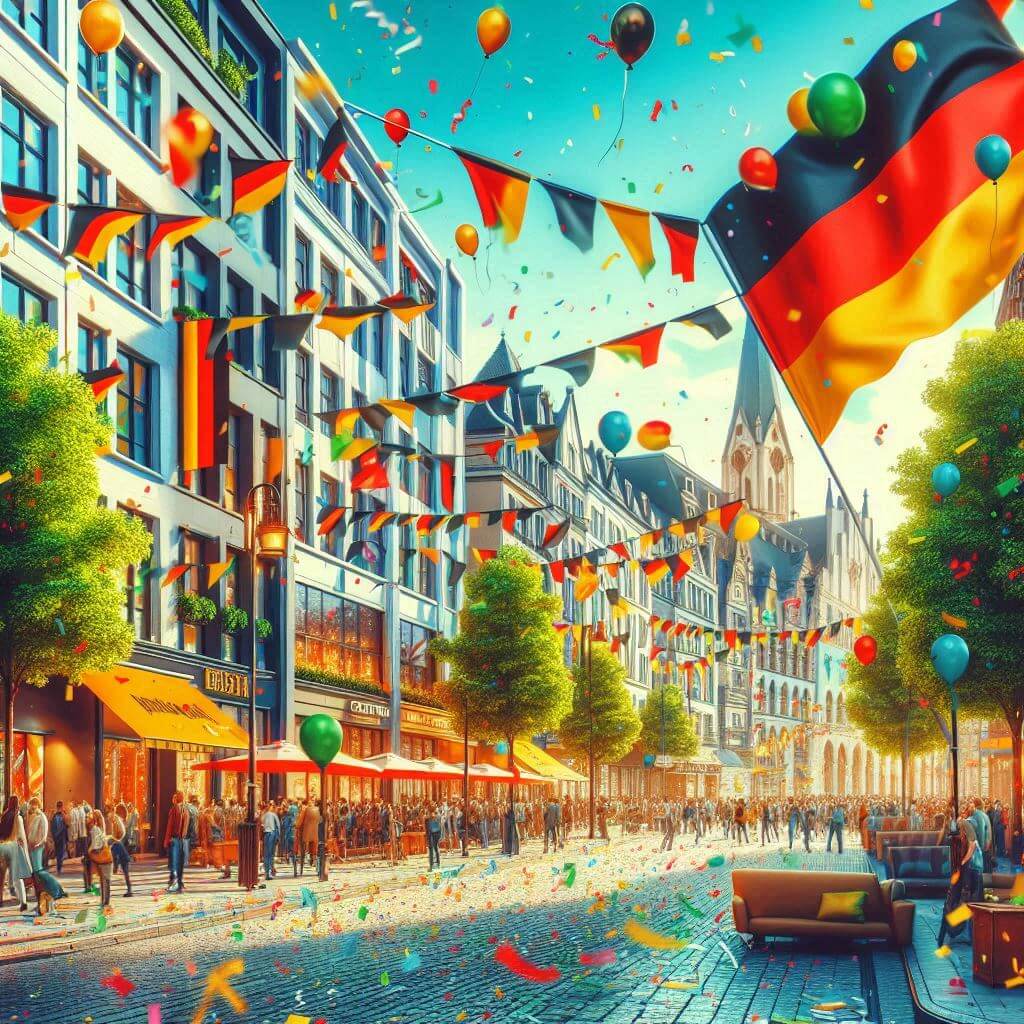 The German flag is a symbol of national unity, democratic values, and European integration. It is prominently displayed on government buildings, during national holidays such as German Unity Day (October 3), and at international events. The flag represents Germany's commitment to freedom, human rights, and international cooperation.
The German flag is a symbol of national unity, democratic values, and European integration. It is prominently displayed on government buildings, during national holidays such as German Unity Day (October 3), and at international events. The flag represents Germany's commitment to freedom, human rights, and international cooperation.
In everyday life, Germans tend to use their flag more modestly compared to some other nations, a reflection of the country's complex history with nationalism. However, during major sporting events like the FIFA World Cup, the flag becomes a popular symbol of national pride and unity.
Interesting facts about the German flag
- The colors of the German flag were first used by student fraternities in the early 19th century, inspired by the uniforms of the Lützow Free Corps, a volunteer force in the Napoleonic Wars.
- During the division of Germany (1949-1990), West Germany used the current black-red-gold flag, while East Germany used a similar flag with the addition of its national emblem.
- The reunification of Germany in 1990 saw the black-red-gold tricolor become the flag of a united Germany once again, symbolizing the end of the Cold War division.
- Germany has strict laws against defacing or insulting the national flag, reflecting the importance placed on national symbols in the country's legal system.
- The German flag's colors have inspired the flags of other nations, including Belgium and Uganda, showcasing its historical influence.
- In recent years, the flag has become a symbol of Germany's leading role in the European Union and its commitment to European integration.
The German flag, with its striking colors and rich history, stands as a powerful emblem of Germany's journey through turbulent times to become a beacon of democracy, unity, and progress in the heart of Europe.
